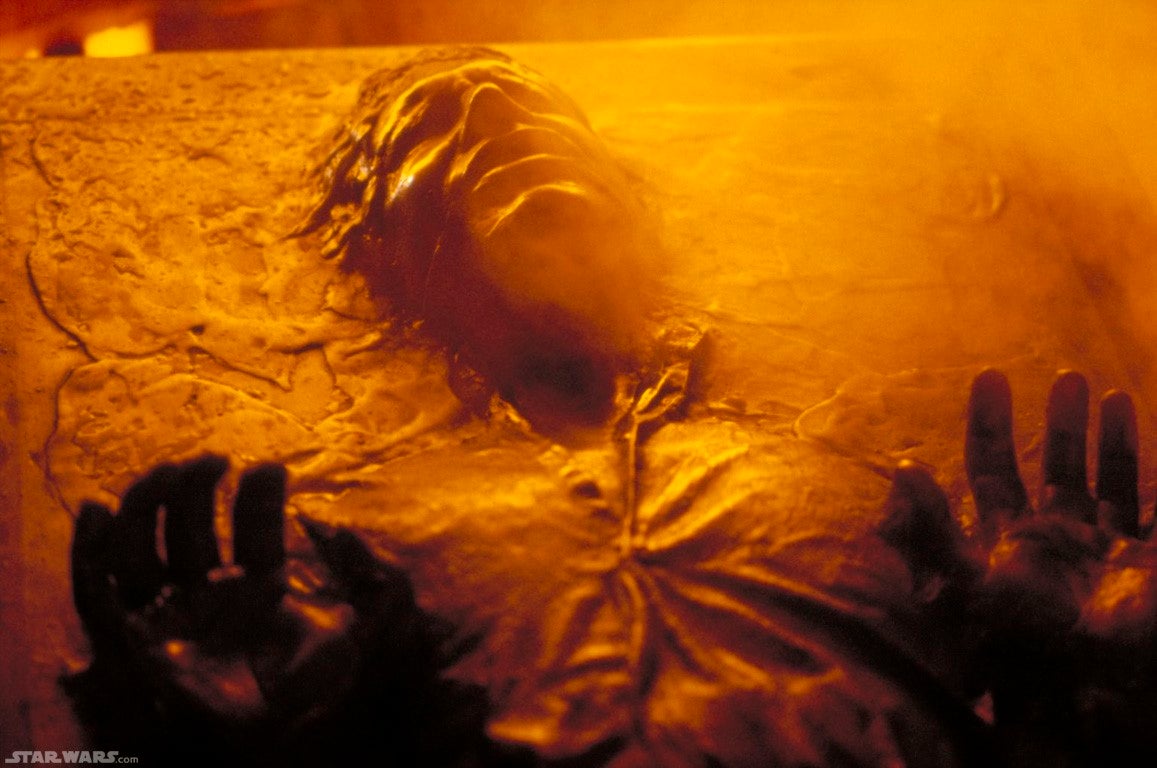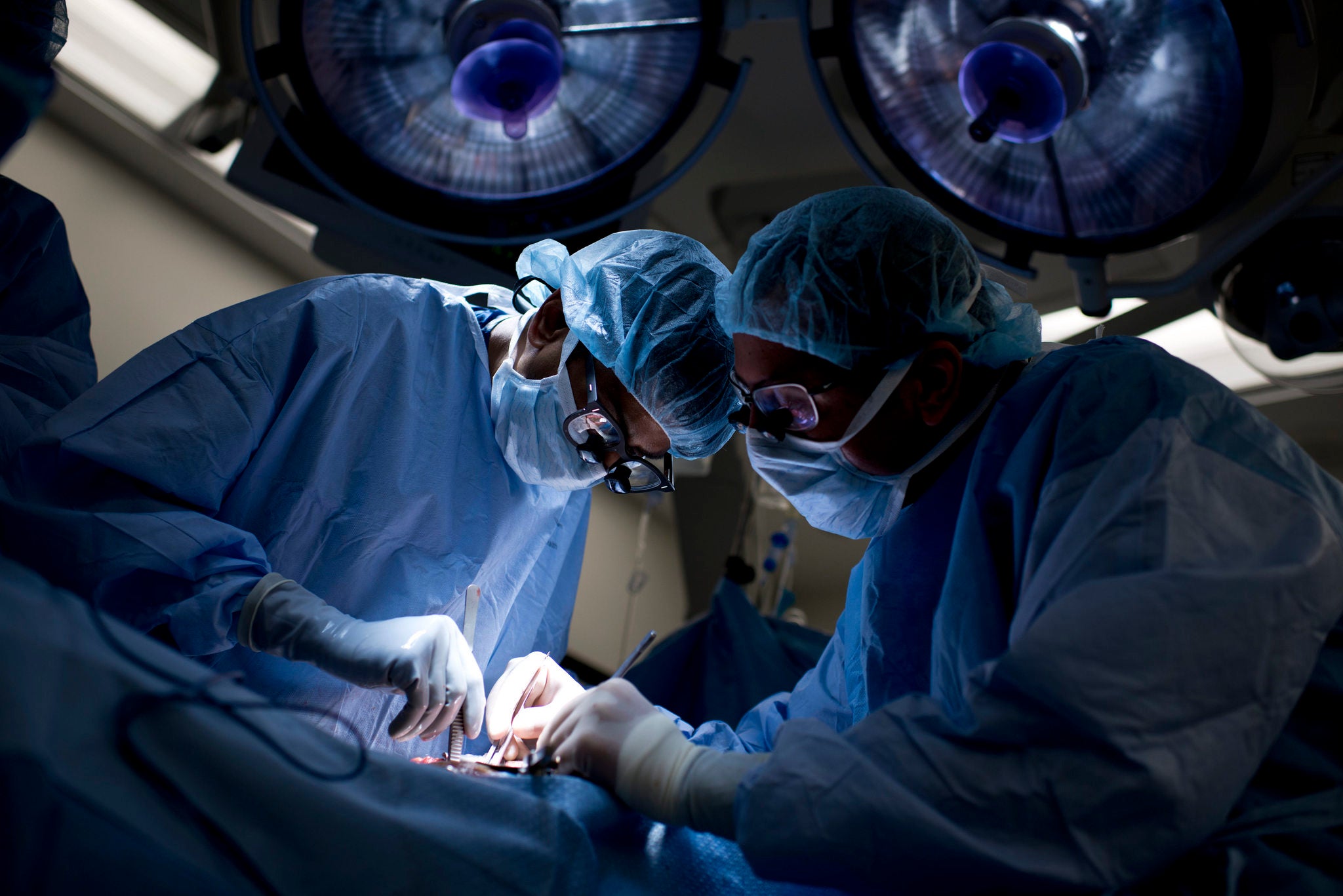The Independent's journalism is supported by our readers. When you purchase through links on our site, we may earn commission.
Suspended animation: Patients could soon be treated while neither dead nor alive
The procedure replaces the patient's blood with a saline solution that lowers the body temperature and slows cellular activity

For the first time ever, doctors will begin trials of a new method to save patients by placing them in a state of “suspended animation” where they are neither dead nor alive.
It’s hoped that this extraordinary procedure will give surgeons the time to carry out life-saving operations on individuals with fatal knife and gunshot wounds who would otherwise have bled to death.
The procedure, which will be carried out by surgeons as the UPMC Presbyterian Hospital in Pittsburgh, involves removing all the blood from a patient’s body and replacing it with a cold saline solution that slows cellular activity.
Doing so speedily cools the body down to temperatures as low as 10°C and is similar to inducing hypothermia. In this state the patient does not breathe and has no pulse or brain activity. They’re clinically dead until doctors begin to reintroduce blood to their cardiovascular system, slowly raising their body temperature back to a normal 37°C.
“We are suspending life, but we don't like to call it suspended animation because it sounds like science fiction," Samuel Tisherman, the surgeon leading the trial, told New Scientist. “So we call it emergency preservation and resuscitation."
This state will be similar to that induced in people who fall into icy lakes. The sudden drop in bodily temperature means that cell functions will slow to a crawl, producing energy via a process called anaerobic glycolysis, giving surgeons a two hour window in which to fix any major structural damage.

The trials are not without controversy. The team at UPMC Presbyterian Hospital will be performing the procedure on individuals rushed straight from the emergency room, with neither patient nor family able to give consent to the treatment. American regulators have only approved the trials because the patients involved would be so unlikely to survive their wounds under normal conditions.
Previous trials of exactly this sort of suspended animation were carried out on pigs by Dr. Hasam Alam back in 2002, with the animals sedated before a massive haemorrhage was artificially induced. The pigs’ hearts usually restarted on their own (although some needed to be shocked back to life) and scientists reported no loss of cognitive or physical function.
Peter Rhee, a surgeon who was involved in developing the technique, told New Scientist "After we did those experiments, the definition of 'dead' changed.
"Every day at work I declare people dead. They have no signs of life, no heartbeat, no brain activity. I sign a piece of paper knowing in my heart that they are not actually dead. I could, right then and there, suspend them. But I have to put them in a body bag. It's frustrating to know there's a solution."
Surgeons in Pittsburgh are currently waiting for the first patient to appear that fits their criteria. It will be tested on ten individuals, with the outcome then compared with another ten who also met the criteria but were treated normally. Tests will continue until the team has enough data to analyse.
Join our commenting forum
Join thought-provoking conversations, follow other Independent readers and see their replies
Comments
Bookmark popover
Removed from bookmarks